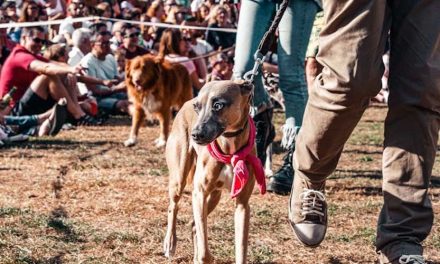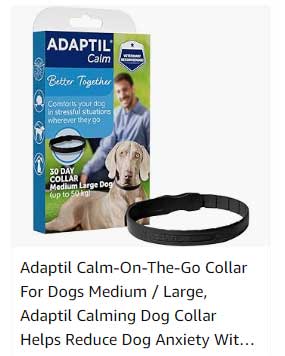Walking your dog can be one of the most enjoyable experiences for both you and your furry friend.
However, one of the biggest challenges many dog owners face is managing their dog’s behavior near vehicles.
Whether it’s due to excitement, anxiety, or curiosity, dogs can sometimes become distracted or reactive when passing by cars.
Here are some strategies to help you maintain control and ensure safety during these encounters.
1. Start with Basic Training
Before you take your dog out in high-traffic areas, ensure they have a solid understanding of basic commands such as “sit,” “stay,” “heel,” and “leave it.”
Consistent training helps your dog respond better to your commands, especially in distracting environments.
Practice these commands in a quiet area before moving on to busier locations.
2. Use a Proper Leash and Harness
A sturdy leash and harness are essential for maintaining control.
Avoid retractable leashes, as they can encourage pulling and do not provide the same level of control.
A standard 6-foot leash paired with a comfortable harness gives you better handling and discourages your dog from darting toward the street.
3. Practice Controlled Exposure
Introduce your dog to cars gradually.
Start in a quiet area where you can safely observe vehicles from a distance.
Allow your dog to get used to the sight and sound of passing cars without overwhelming them.
As they gain confidence, slowly move to busier streets, always under control.
4. Reinforce Positive Behavior
Use positive reinforcement to encourage calm behavior.
When your dog remains composed as cars pass by, reward them with treats or praise.
This creates a positive association with the presence of vehicles, making it more likely they will remain calm in the future.
5. Teach ‘Watch Me’ Command
The ‘watch me’ command helps redirect your dog’s attention away from distractions.
To teach this command, hold a treat near your face and say “watch me.”
When your dog looks at you, reward them.
Practice this regularly, especially when approaching areas with vehicles.
This command can be invaluable in maintaining focus during walks.
6. Create a Routine
Dogs thrive on routine.
Try to establish a walking schedule that avoids peak traffic times.
Walks during quieter hours can reduce distractions, making it easier for your dog to stay focused and calm.
7. Stay Calm and Confident
Dogs are sensitive to their owner’s emotions.
If you’re nervous or anxious about passing cars, your dog is likely to pick up on that energy.
Maintain a calm and confident demeanor, using a firm but gentle tone when giving commands.
Your confidence can help reassure your dog.
8. Be Observant
Always be aware of your surroundings.
Look for oncoming vehicles, cyclists, or pedestrians that may cause your dog to react.
Being proactive can help you prepare your dog for unexpected situations, allowing you to intervene if necessary.
9. Know When to Seek Help
If your dog shows aggression or extreme anxiety around cars, consider seeking professional help from a dog trainer or behaviorist.
They can provide tailored advice and techniques to address specific issues you may be facing.
Conclusion
Walking your dog near cars doesn’t have to be a stressful experience.
With consistent training, proper equipment, and positive reinforcement, you can teach your dog to remain calm and controlled during walks.
By taking the time to prepare, you’ll not only keep your dog safe but also enjoy more pleasant outings together.
Remember, patience and practice are key to achieving success in training your dog to navigate the challenges of busy roads.









